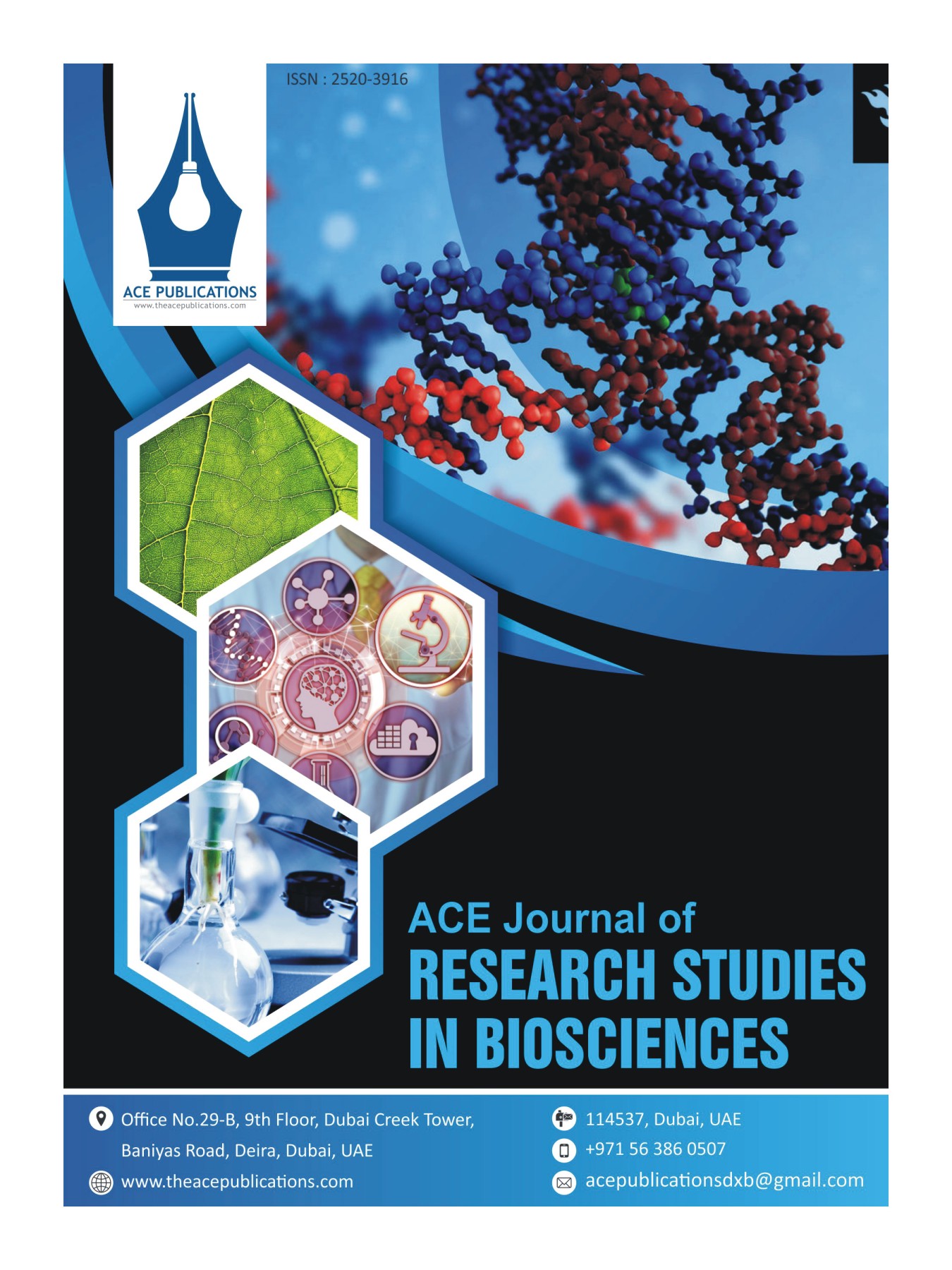


Author:
Jinan Emad Mohammed and Hassan Raji Jallab
Page: 38-45
Published online: 29 Sep 2025
https://doi.org/10.36478/acejrsb.2025.38.45
Presently, interesting glucocorticoid are widely used in dermatology. Extensive investigation takes stayed conducted to enhance their potency, anti‐inflammatory properties, and immune‐suppressive effects, while minimizing any potential adverse reactions. However, the development of the "perfect" topical corticosteroid has yet to be achieved. Ideally, these drugs must effectively penetrate the outer layer of the skin, known as the stratum corneum, and achieve adequate concentrations within the skin without significantly increasing serum concentrations. To attain these properties, scientists have explored methods such as esterification to increase the natural lipophilicity of corticosteroids. While various structural modifications have been attempted in the past to improve the effectiveness of topical corticosteroids and increase their potency, these changes have often been related with an elevated risk of hostile properties.. Topical corticosteroids have become available as over the counter drugs and on social media and are widely misused for various conditions . Acneform eruption is the most common side effect as we saw in our study . This study aimed to evaluate prevalence of acne form eruption out of other side effects that results from steroids misuse ,which done in dermatological unit in Aldiwaniyah teaching hospital / Aldiwaniyah/ Iraq. In this hospital based study, the study stayed considered to be a cross‐sectional once. At the end of the study, we stayed able to comprise 105 participants who answered the questionnaire which is previously prepared which contain 21 questions about drug, skin lesion and demographic data. The study started on the 10th of March 2023 and ended at 10th of July 2023. The study stayed approved out at Al‐diwaniyah "teaching hospital" / dermatological unit/ "Al‐diwaniyah / Iraq". The study was included 23 (21.9 %) males and 82 (78.1 %) women and there stayed no important variance in gender frequencies between acne group and other symptoms group (p = 0.388). The study included 55 (52.4 %) married and 50 (47.6 %) not married and there was significant difference in marital status between acne group and other symptoms group (p < 0.001) in such a way that acne was less reported in married subjects. The study included 28 (26.7 %) of low socioeconomic status, 56 (53.3 %) of moderate socioeconomic status and 21 (20.0 %) of high socioeconomic status and there was significant difference in socioeconomic status between acne group and other symptoms group (p = 0.001) in such a way that acne was less reported in low status and more reported in high status.The study included 43 (41.0 %) illiterate subjects, 16 (15.2 %) of primary education level, 15 (14.3 %) of secondary education level and 31 (29.5 %) of tertiary education level and there was significant difference in education level between acne group and other symptoms group (p < 0.001) in such a way that acne was less reported in illiterate subject and more tertiary school level. Regarding skin lesion, Whole face involvement was reported in 32 (30.5 %), cheeks involvement was reported in 26 (24.8 %), whole face and shoulder involvement was reported in 10 (9.5 %), forehead and cheeks involvement was reported in 26 (24.8 %) and whole face and upper chest was reported in 11 (10.5 %) and there was significant difference in site of skin lesions between acne group and other symptoms group. Cheeks, forehead and cheeks and whole face and upper chest were more common in acne group in comparison with other symptom group. Acne and redness was reported in 51 (48.6 %). Hyper‐pigmentation was reported in 24 (22.9 %). Pruritus and dryness was reported in 21 (20.0 %). Rosacia was reported in 4 (3.8 %). Hirsutism was reported in 3 (2.8 %). Photosensitivity was reported in 2 (1.9 %). Source of steroid drugs was Cosmetic shop was reported in 55 (52.4 %) cases, pharmacy was reported in 12 (11.4 %) cases, online was reported in 16 (15.2 %) cases, shared was the source in 16 (15.2 %) cases and nurse was the source in 6 (5.7 %) cases and there was no significant difference in source of steroid between acne group and other symptoms group (p = 0.259). The study showed that availability of steroids drugs in pharmacies (over the counter) and online lead to there misuse, also lake of information in community in general about these drugs increase this problem . This study showed the most common side effect in Al‐diwaniyah is acneform eruption, there is other common side effect , but acne is the commonest one. In this study both sexes were involved, but we find females more affected who are with low to moderate economic status .